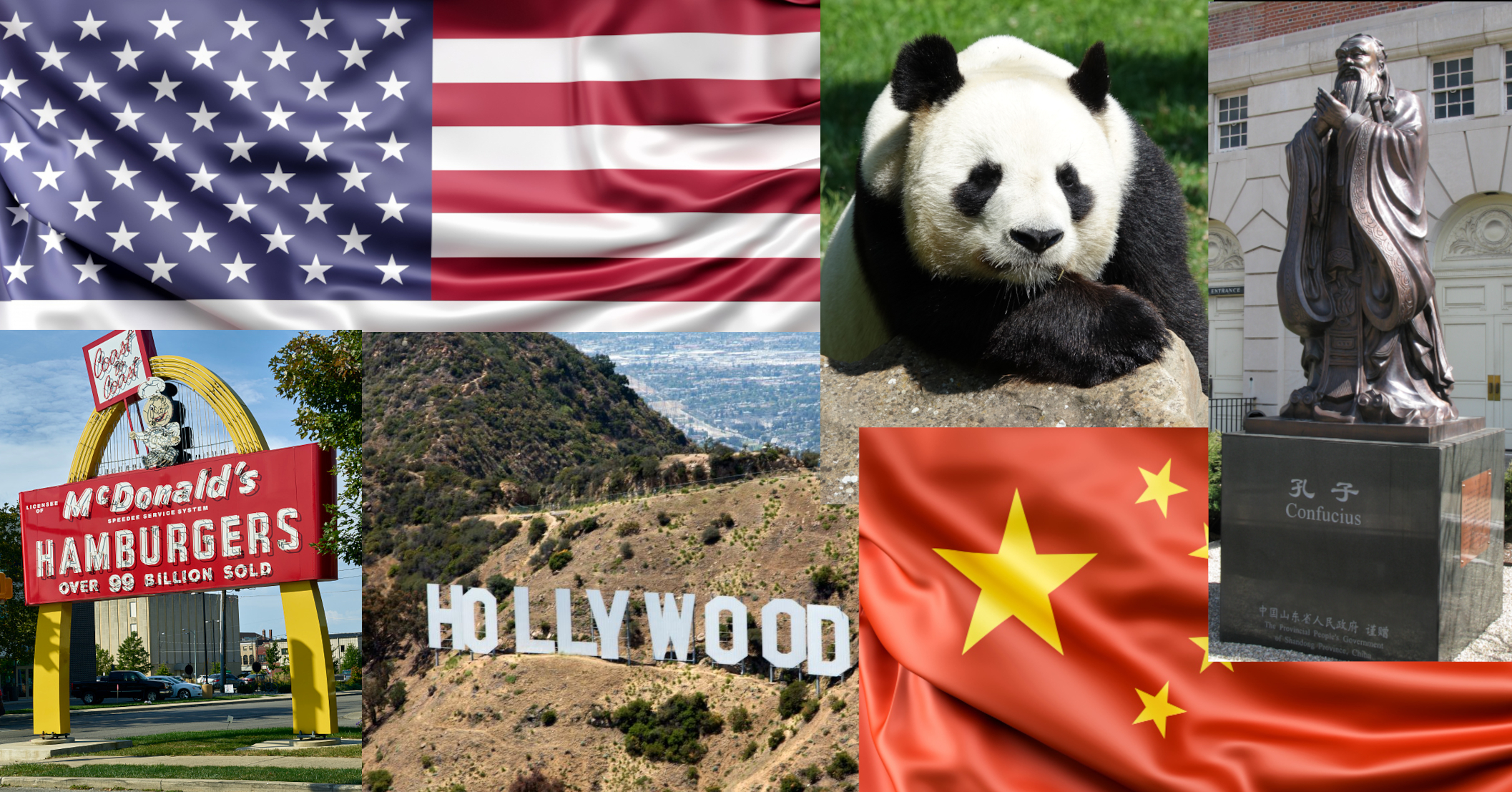
In September 2019 we introduced you to the Eisenhower Series College Program (ESCP). Though we are approaching life as we remember it pre-COVID, travel limitations significantly limited the ESCP from visiting colleges and universities, interacting with audiences often unfamiliar with members of the U.S. Military. It is our hope at WAR ROOM to bring you a glimpse of what some of those presentations might have looked like via A BETTER PEACE.
In the second episode of academic year 2021 our podcast editor Ron Granieri is joined by War College students and ESCP members Ron Hawkins, Abdul Sami and Kate Sanborn. This time the conversation turns to the concept of soft power versus hard power. What do three War College students have to say about tackling the topic of soft power at the School of Strategic Landpower? Quite a bit. Each with a career’s worth of experience in the Department of State, the Pakistan Army and the U.S. Army Corps of Engineers, respectively, they have many examples where China has outpaced the United States in recent years. They each offer a hopeful view of how the United States has and must continue to engage nations around the world with diplomacy and all the tools in the soft power tool bag before ever resorting to the use of military force.
Of course, no one wants to use the full force of hard power. No one wants to go to war, and so you’re trying to do everything you can not to go to war, and soft power is a great way…to engage foreign audiences in discussions about sometimes very difficult topics.
Podcast: Download
Subscribe: Apple Podcasts | Spotify | Amazon Music | Android | Pandora | iHeartRadio | Blubrry | Podchaser | Podcast Index | Email | TuneIn | Deezer | Youtube Music | RSS

Ronald Hawkins in more than 2 decades at the State Department has been a public affairs officer at the U.S. Embassies in Kampala, Uganda, Bucharest, Romania, and Khartoum, Sudan. Before that, he had assignments in Washington DC, Sarajevo, Reykjavik, and Algiers.
Brigadier General Abdul Sami of Pakistan has held various command staff and instructional appointments in infantry and engineer formations across Pakistan, including the Pak Afghan border fencing project before attending the U.S. Army War college, he was chief of staff of an Army Corps in Karachi.
LTC Kate Sanborn is an engineer in the U.S. Army with 19 years of service. She graduated from the United States Military Academy at West Point in 2002 and holds a PhD in civil engineering from Georgia Tech. Her assignments include deployments to Iraq and Afghanistan and before attending the U.S. Army War College she commanded the Honolulu District of the U.S. Army Corps of Engineers at Fort Shafter, Hawaii.
Ron Granieri is an Associate Professor of History at the U.S. Army War College and the Editor of A BETTER PEACE.
The views expressed in this presentation are those of the speakers and do not necessarily reflect those of the U.S. Army War College, U.S. Army, or Department of Defense.
Photo Description: Popular symbols of soft power from the United States and China
Photo Credit: Flag pictures created by www.slon.pics – www.freepik.com, Giant panda by Gzen92, Confucius by Citizen Mira – user on Flickr.com, Hollywood Sign and McDonalds courtesy of The Jon B. Lovelace Collection of California Photographs in Carol M. Highsmith’s America Project, Library of Congress, Prints and Photographs Division

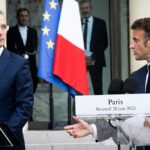
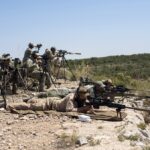
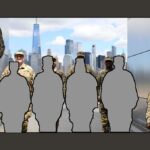
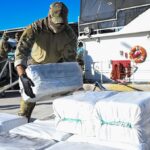
Here is a question that may need to be considered in first in this discussion; this such question being:
Should significant, concentrated and focused foreign policy efforts — designed to provide for the political, economic, social, security, etc., wants, needs and desires of one’s own state and society — should these such significant, concentrated and focused foreign policy efforts be considered as:
a. Soft power? Or
b. Something else?
This question possibly stated another way: Do the significant, concentrated and focused foreign policy efforts — being made today by such countries as China and the United States and discussed in the above interview of BG Sami, LTC Sanborn and Ron Granieri — do these such significant, concentrated and focused foreign policy efforts conform to the idea and reward of “soft power” originally articulated by Joseph Nye, to wit: “A country may obtain the outcomes it wants in world politics because other countries – admiring its values, emulating its example, aspiring to its level of prosperity and openness – want to follow it.”?
(If not, then should this discussion come more under the heading of foreign policy which, unlike “soft power,” requires much more than simply having and providing a “good example?”)
As I read over the transcript of this discussion, I got the feeling that what we are really talking about here was not “soft power” (ours and/or someone else’s) but, instead, “development;” that is:
a. Efforts to “develop” — and/or to “change” — the political, economic, social, infrastructure, security, value, etc., orientation, order and organization of other states and societies; these,
b. So that same might be made to better align with — and thereby better provide for — the political, economic, social, infrastructure, security, value, etc., wants, needs and desires of countries such as the U.S and China.
(Such subordinate [and, thus, “servicing?”] things — such as “hard,” “soft” and/or “smart” power, and the different requirements of, the differences in, the clashes between and/or the benefits and liabilities of both “our” and “their” such capabilities and approaches — these to only be properly understood and discussed in relation to the strategic context offered immediately above?)
As I read over the transcript of this discussion, I got the feeling that what we are really talking about here was not “soft power” (ours and/or someone else’s) but, instead, “development;” that is:
a. Efforts to “develop” — and/or to “change” — the political, economic, social, infrastructure, security, value, etc., orientation, order and organization of other states and societies; these,
b. So that same might be made to better align with — and thereby better provide for — the political, economic, social, infrastructure, security, value, etc., wants, needs and desires of countries such as the U.S and China.
(Such subordinate [and, thus, “servicing?”] things — such as “hard,” “soft” and/or “smart” power, and the different requirements of, the differences in, the clashes between and/or the benefits and liabilities of both “our” and “their” such capabilities and approaches — these to only be properly understood and discussed in relation to the strategic context offered immediately above?)